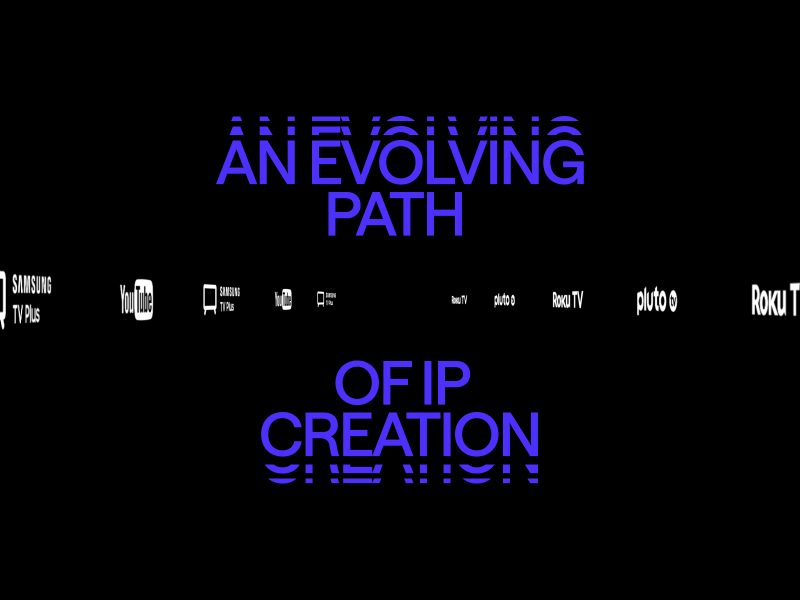YouTube on the Big-er Screen: Creators’ Catalogues Find New Life on FAST

YouTubers have had their foot in the door with TV and streaming services for some time now, with MrBeast’s game show on Prime Video and The Secret Lives of Mormon Wives on Hulu for example.
10.30.2025
This trend of YouTube content making its way to the big-er screen (home TV) has been growing significantly as of late, but now we are seeing the utilization of pre-existing, already posted content as opposed to new IP being created.
For media executives, owners, and producers, this trend is worth watching because it reframes what the home TV is and how it is being used. Free-Ad-Supported TV (FAST) is no longer just a home for old catalogues but could become a place for reimagined legacy content that has been repackaged into what was historically an internet and mobile format.
A New Strategy for Tubi and Roku
FAST platforms like Tubi and Roku have begun packaging existing YouTube videos into linear and on-demand channels, rather than commissioning entirely new creator shows filmed for traditional streaming. That difference matters. Instead of paying for new production, platforms are licensing creators’ archives – episodes and segments that already exist – then organizing them into channels that feel like traditional TV. It’s a quick path to catalog growth and revenue that doesn’t require heavy upfront investment.
The scale is moving fast. What began as small pilot programs has expanded quickly: Tubi launched with a half dozen creators and a few hundred episodes and has since grown its roster dramatically to include dozens of creators and thousands of episodes, with some creators even getting dedicated channels featuring seasons of past work.
Early Successes
Why this works commercially is straightforward. Creator content, particularly reality-style, challenge, and bingeable serialized clips, translates well to the lean-back TV experience. Viewers respond to the familiarity and volume: on FAST, reality and challenge formats perform strongly, as do content types that mirror the platform’s top genres like teen drama or nostalgia-driven compilations. And the economics are attractive: platforms add hours of programming without production expense; creators monetize evergreen assets; advertisers get engaged, contextual audiences.
Equally compelling is the audience argument. A sizable portion of FAST viewers aren’t regular YouTube users. Bloom, EVP of Tubi for Creators, reported that nearly a third of Tubi’s audience doesn’t use YouTube, so repackaging creator libraries is a way to access new viewers who might never encounter that content in the app. Platforms also see mixed viewing patterns: fans come for known creators, but many new viewers discover and binge series they hadn’t seen before, boosting long-tail value for older episodes.
For legacy media and content owners, this means your own YouTube catalogs, are being seen as legitimate TV inventory. They won’t replace premium originals, but they complement them – driving incremental reach, diversifying ad inventory, and unlocking new monetization for existing assets. When it comes to TV IP owners, the key to success here is to find creative ways to turn your TV-formatted assets into long-form internet and mobile friendly formats. If you can successfully penetrate YouTube, it is looking more and more like you can come full circle and see your show put back on the home TV in a fresh format.



